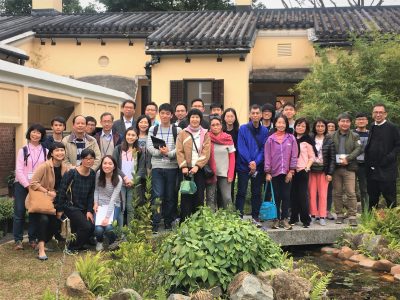Our Everyday. Our Borders



Organized by the Jockey Club Institute of Ageing, the Chinese University of Hong Kong and funded by The Hong Kong Jockey Club Charities Trust, the program encouraged older people to expand their daily routine and to explore the opportunities of built environment in their community, together with students and professionals from the built environment and healthcare. Through series of lectures, experiential tour to Green Hub (located in the revitalized old Tai Po Police station for promoting sustainable and low carbon living in the community), place audit to the Tai Po Market and workshop in February 2019, the program aimed to encourage participants to appreciate, understand, review and improve the urban and architectural design in public spaces for elders in Hong Kong.
Our Everyday
Apart from the demographic shift, Hong Kong has the world’s longest life expectancy since 2016, the program aims to create opportunities for older people to learn and appreciate the city in a personal and intimate way. It is hoped that this will become habitual activity for older people, so that they will be more physically, socially and culturally involved in the community and society.
Our Borders
The concept of “Aging in Place” requires the built environment to provide a variety of choices in living arrangements. This includes enabling older people to be able to independently enjoy their living environment, and in and around the city, instead of being restricted by potential physical, social and mental barriers in their living space.
The program provided a first-hand experience of meeting end-users to reflect on their needs in public spaces in the Tai Po community. In the long run, it could be inspirational for architects and planners to help build our city in an even more humane and thoughtful way.
Main target group: Older people in general
Other target group(s): Students from the built environment and healthcare
Sector(s): Health, Housing, Information and communication, Urban development
Other sector(s): Outdoor space and building; Respect and social inclusion
Desired outcome for older people:
Learn, grow and make decisions